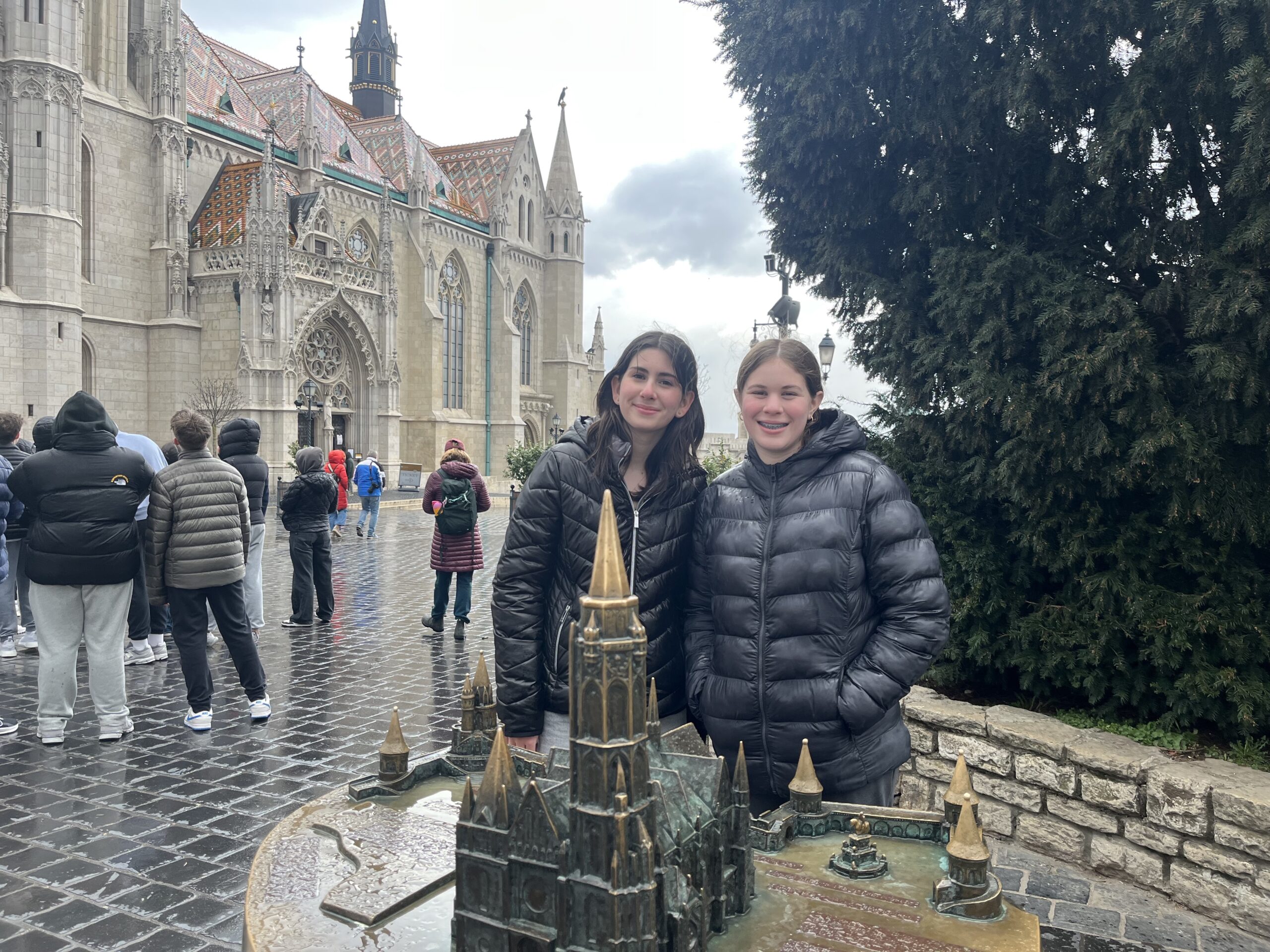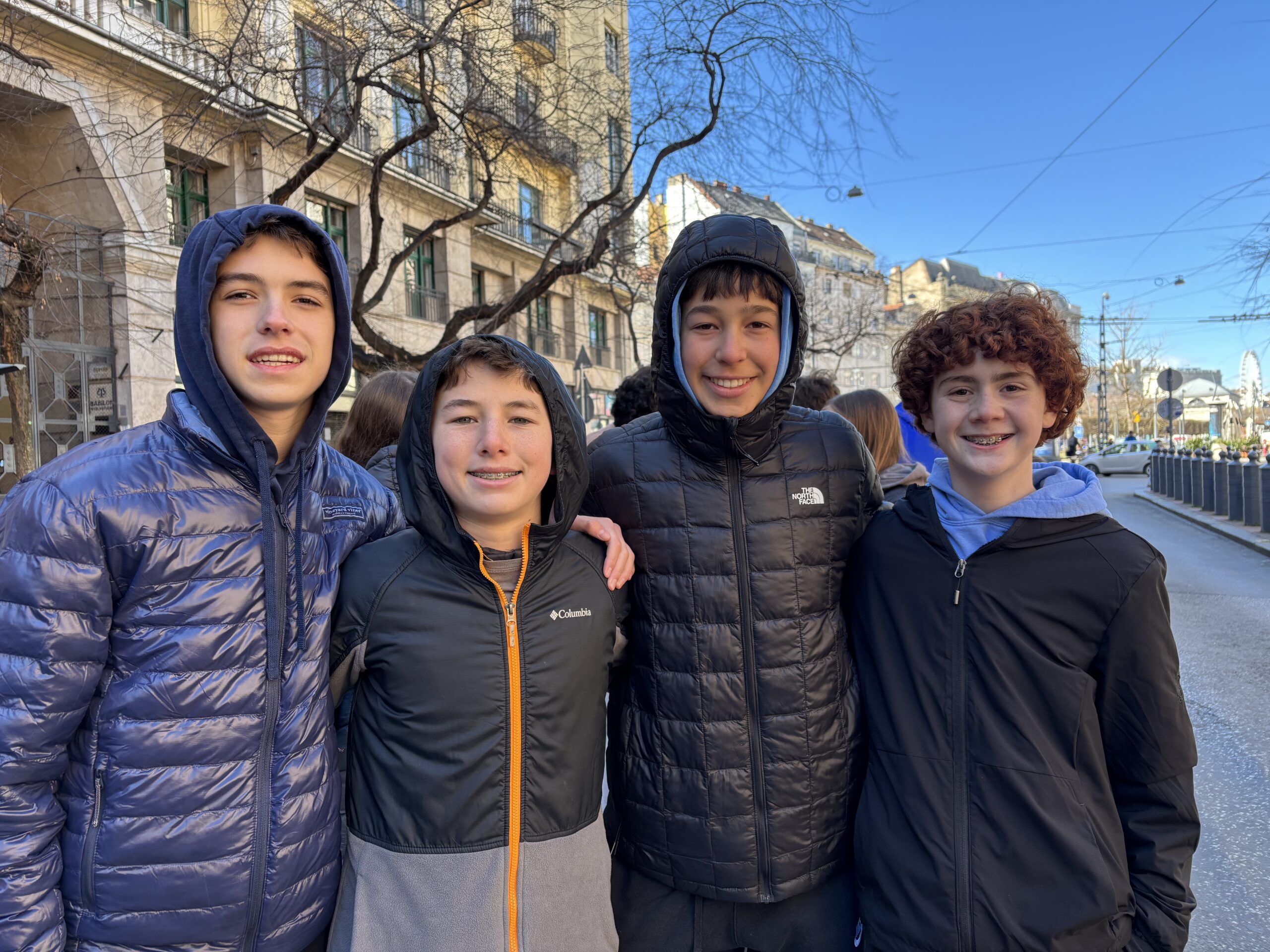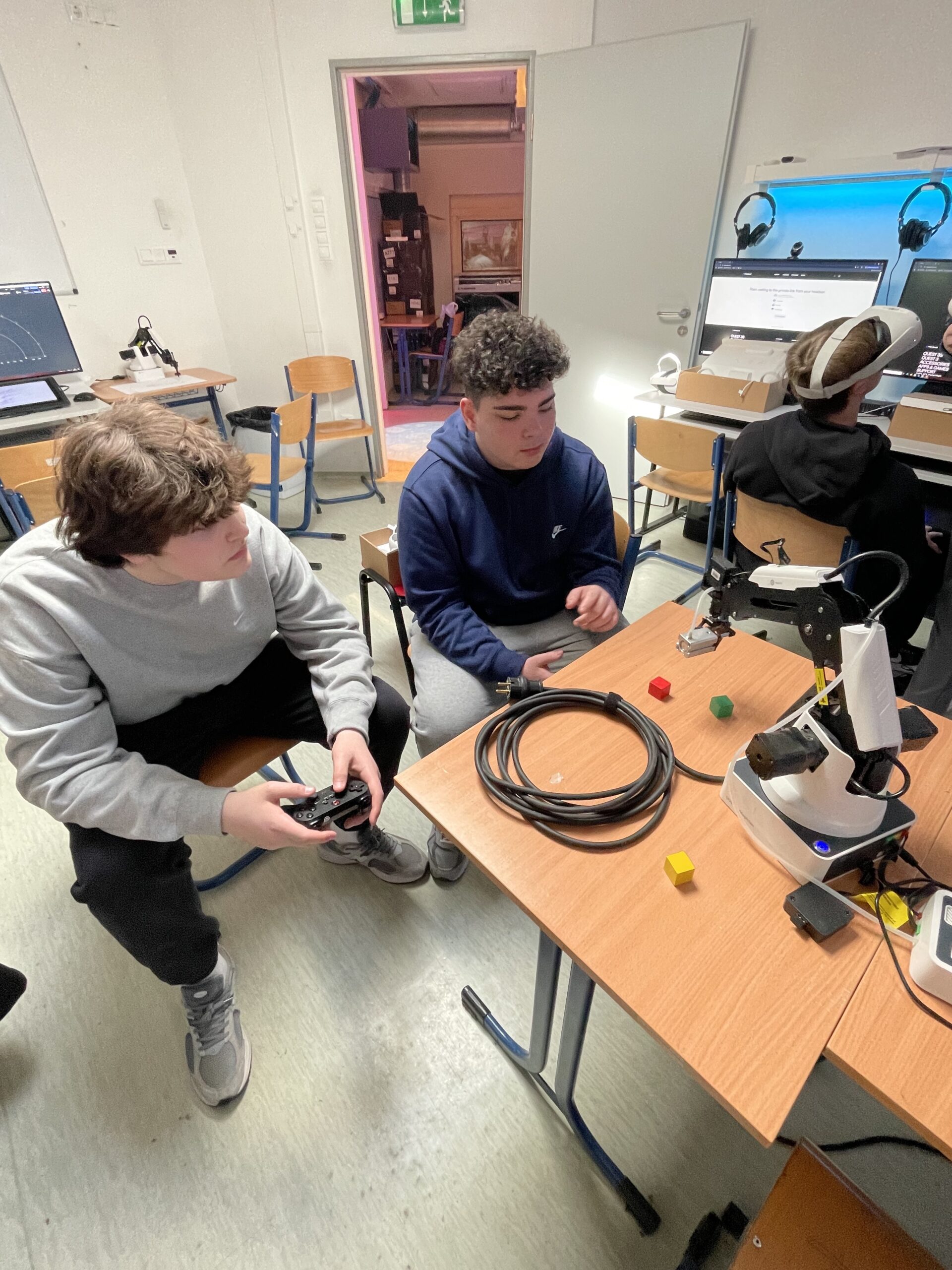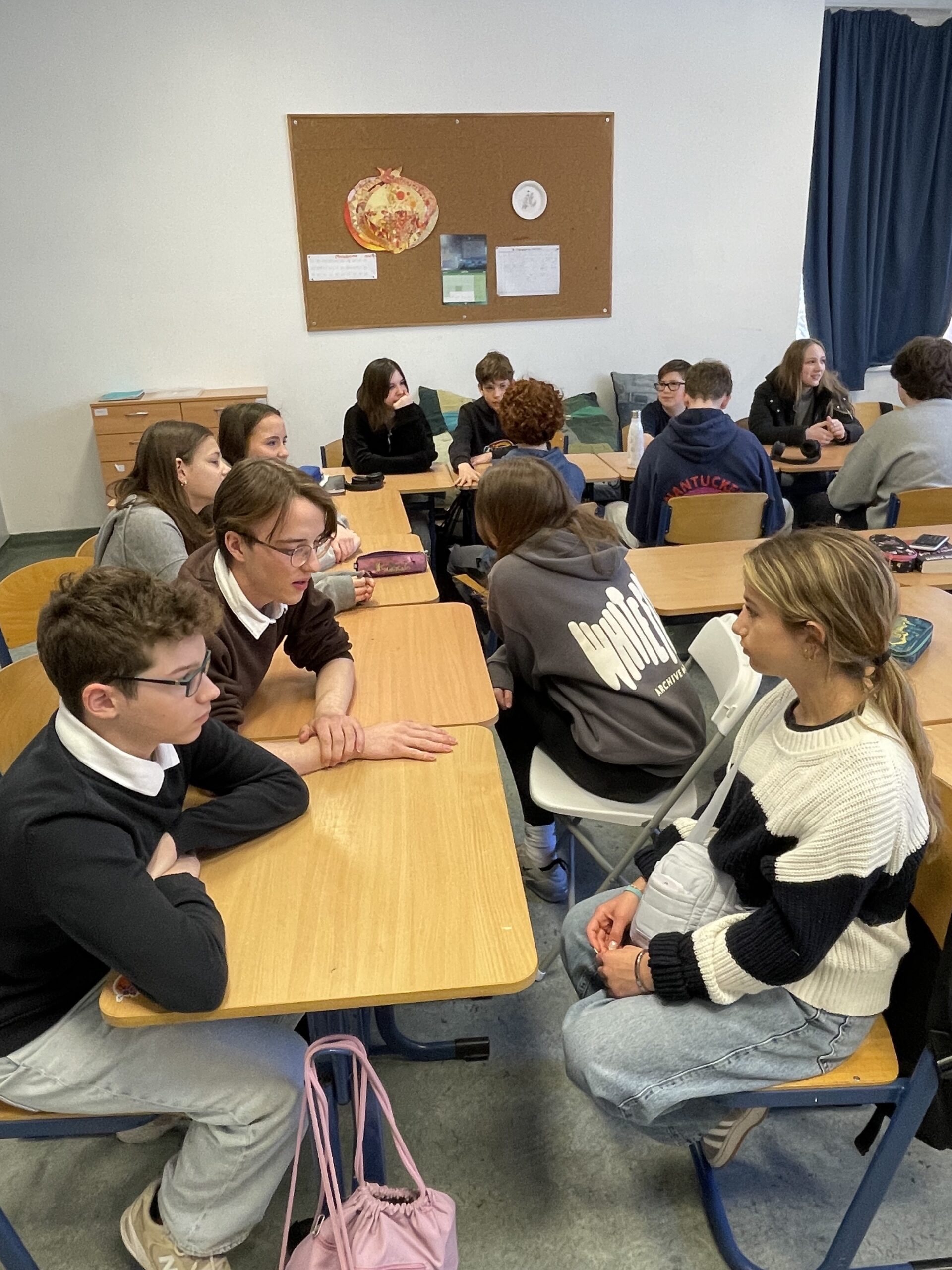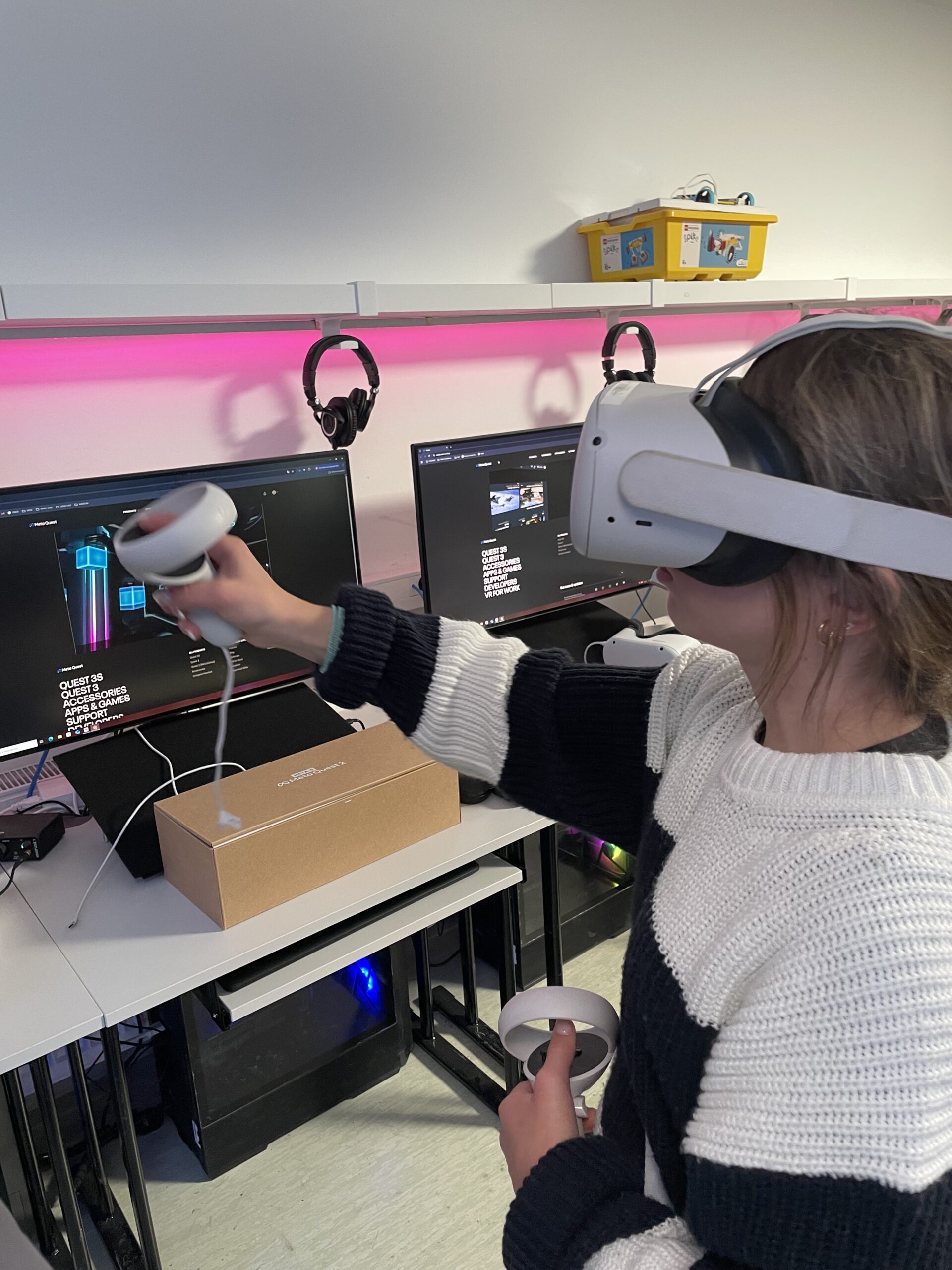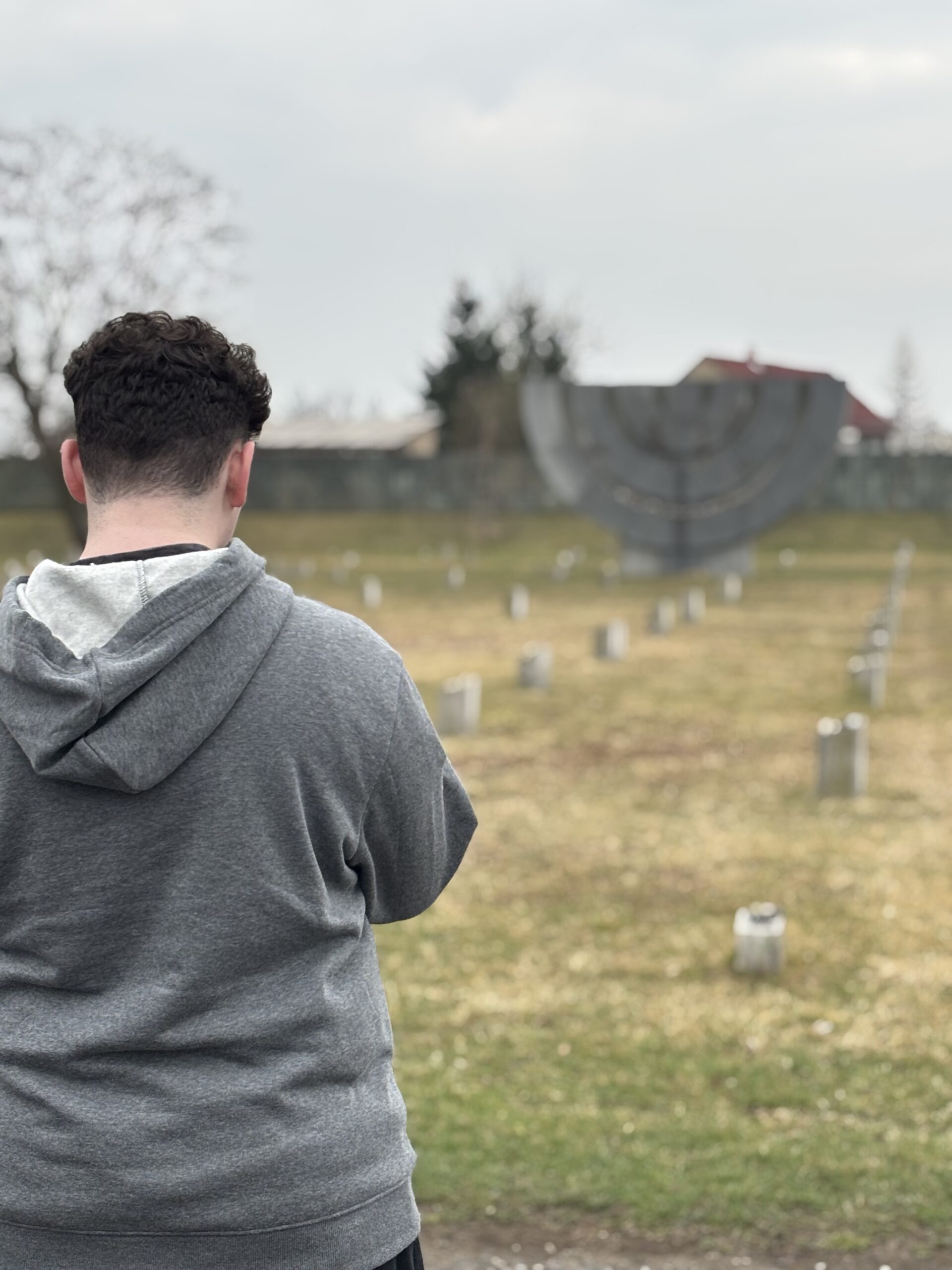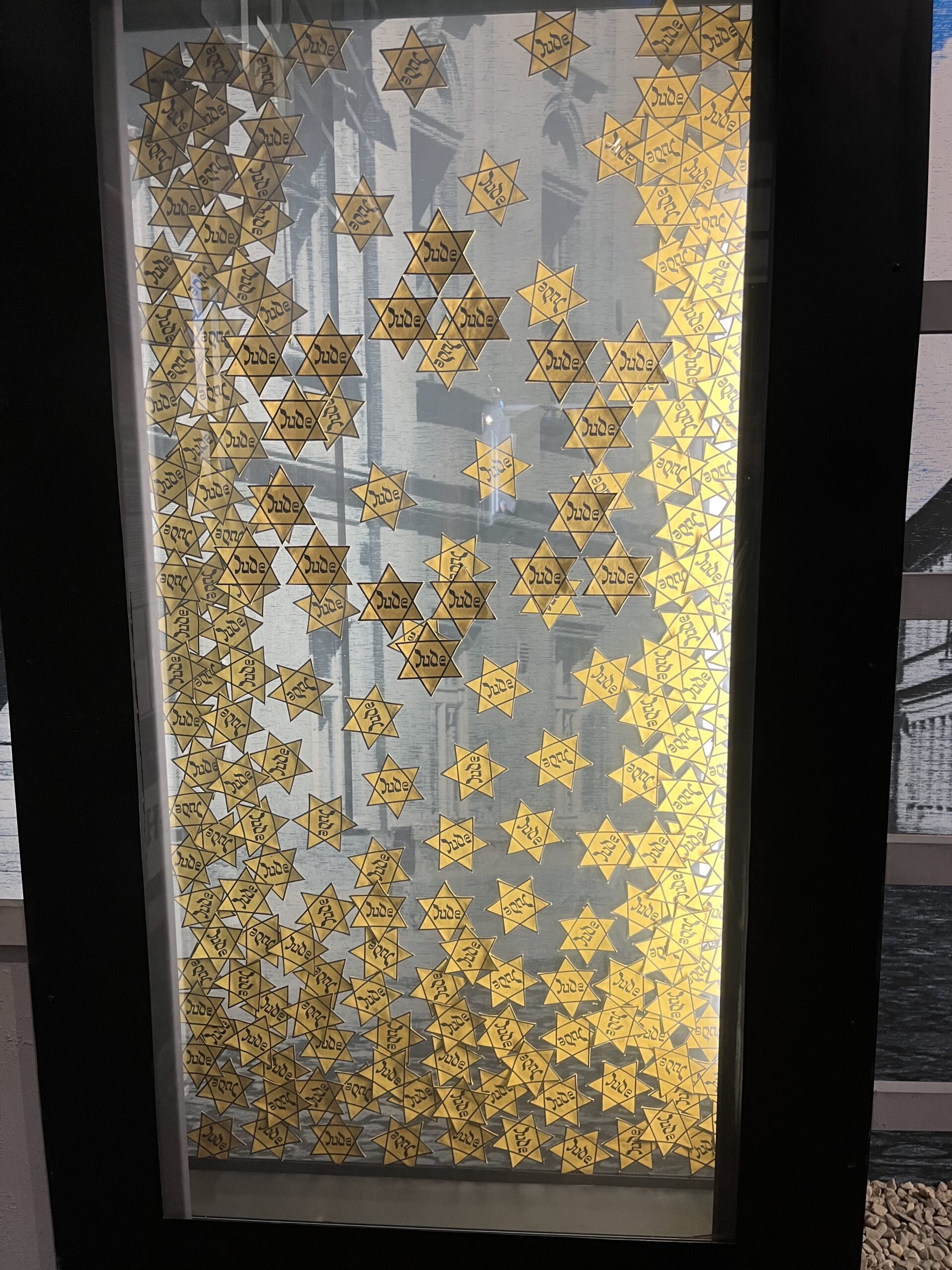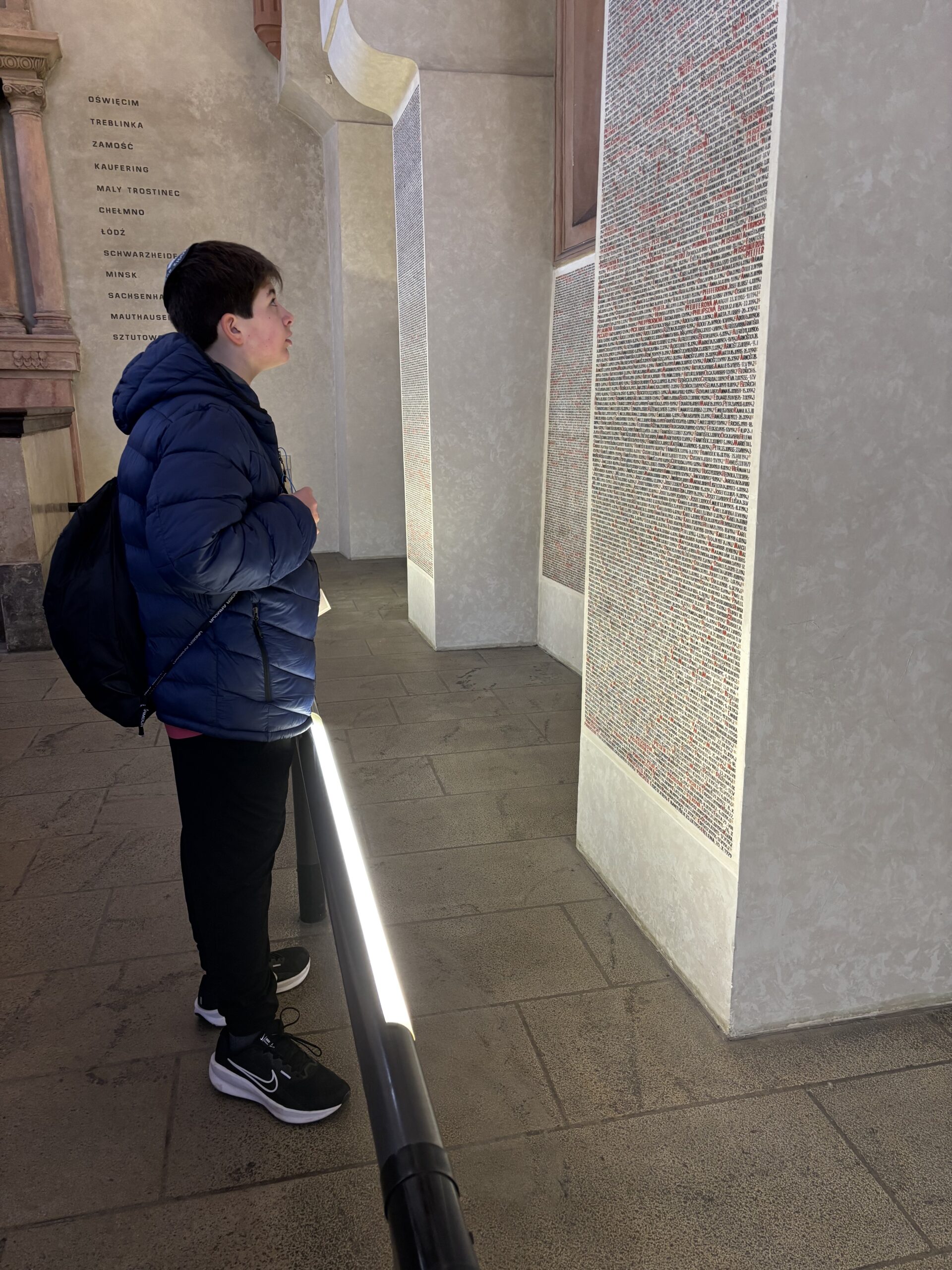Our oldest students set off on the journey of a lifetime last week, landing in Budapest, Hungary, for their annual Jewish heritage trip. This journey is part of Rashi’s experiential learning curriculum, and a culminating moment for our Grade 8 students as they get ready to transition to high school.
The class was immediately taken by the mixture of Soviet, modern, and baroque architecture as they made their way from the airport and through the city proper toward the castle district. There, they climbed up the Fisherman’s Bastion and learned from their guide, Firenze, about Budapest’s political and religious history, with a focus on the specific impacts of WWII still being felt to this day.
During their second day in the city, the class paid respects at the Shoes on the Danube Bank, a memorial for those lost in the Shoah (Holocaust) by Can Togay and Gyula Pauer. The piece features sixty pairs of shoes made from rusted iron in women’s, men’s, and children’s styles of the early 1940s. “This was very interesting, impactful, and moving,” said students Helene S. and Emily C.
From the memorial, the class continued on to Dohány Synagogue, the largest synagogue in Europe. There, they learned that Theodor Herzl, known widely as the father of modern Zionism, grew up just a few doors down.
For their final day in Hungary, the class visited the Lauder School, a K-12 Jewish day school, and spoke with fellow students. “We were given tours by students in our grade around the school, and were able to learn a lot about the school’s history, and the students,” wrote Ari G. and JD U. “We were pleasantly surprised by how similar, but also how different the school was compared to Rashi. We were even able to visit many classrooms, including a virtual reality learning center.”
After their adventures in Hungary, the class took a bus over to Prague in the Czech Republic. They spent their first full morning in Josefov, Prague’s Jewish Corner and a former ghetto, and visited Maisel Synagogue which was built from 1590-1592. Today, the synagogue stands as a monument to the 79,000 Czech Jews murdered during the Shoah. Many of our students had previously studied Josefov, and were excited to share their knowledge with their tour guide. They then found themselves further nestled amongst the local Jewish community on Friday evening, celebrating Shabbat at Bejt Simcha Reform Congregation.
On their third day, the class went to visit the Medieval Prague Castle. “The castle was so big that we didn’t get to see all of it, but what we did see was amazing,” said student Chase B. “First we saw the changing of the guards, then we headed to the cathedral, which was beautiful, and were told all about the role religion played in Czech royal life. After that we actually went inside the castle and saw different rooms like the banquet hall that would be used after coronations, and the throne room where the ruling monarch would sit on their throne. Lastly we went to the armory where we saw all different types of armor and weapons the knights and soldiers would use to defend the castle if it ever got attacked.”
On their final day in Prague, the students turned to a more somber, yet powerful, page as they visited Terezín and the Theresienstadt ghetto and concentration camp.
“It’s important to remember the history of our ancestors and how lucky we are to have these opportunities,” reflected student Charlotte B. “As we walked back to our bus, I had a very thought-provoking conversation with my friends. I wondered, ‘How can we balance our remembrance for the victims while also continuing our lives without the burden of trauma?’”
Charlotte’s thoughts brought her back to the Grade 8 reading of Night by Elie Wiesel, a Romanian-born Jew whose memoir reflects on his time in the Auschwitz and Buchenwald concentration camps. While reading the book in English class, students participated in Socratic circles, a discussion method centered around questioning and reflecting on a specific text. They spoke about how Elie Wiesel, along with other Shoah survivors, were able to still live full and happy lives after the tragedy they had endured.
“Going to the Terezín concentration camp was meaningful to me because I got to connect what we have been learning in school to real life,” one student remarked.
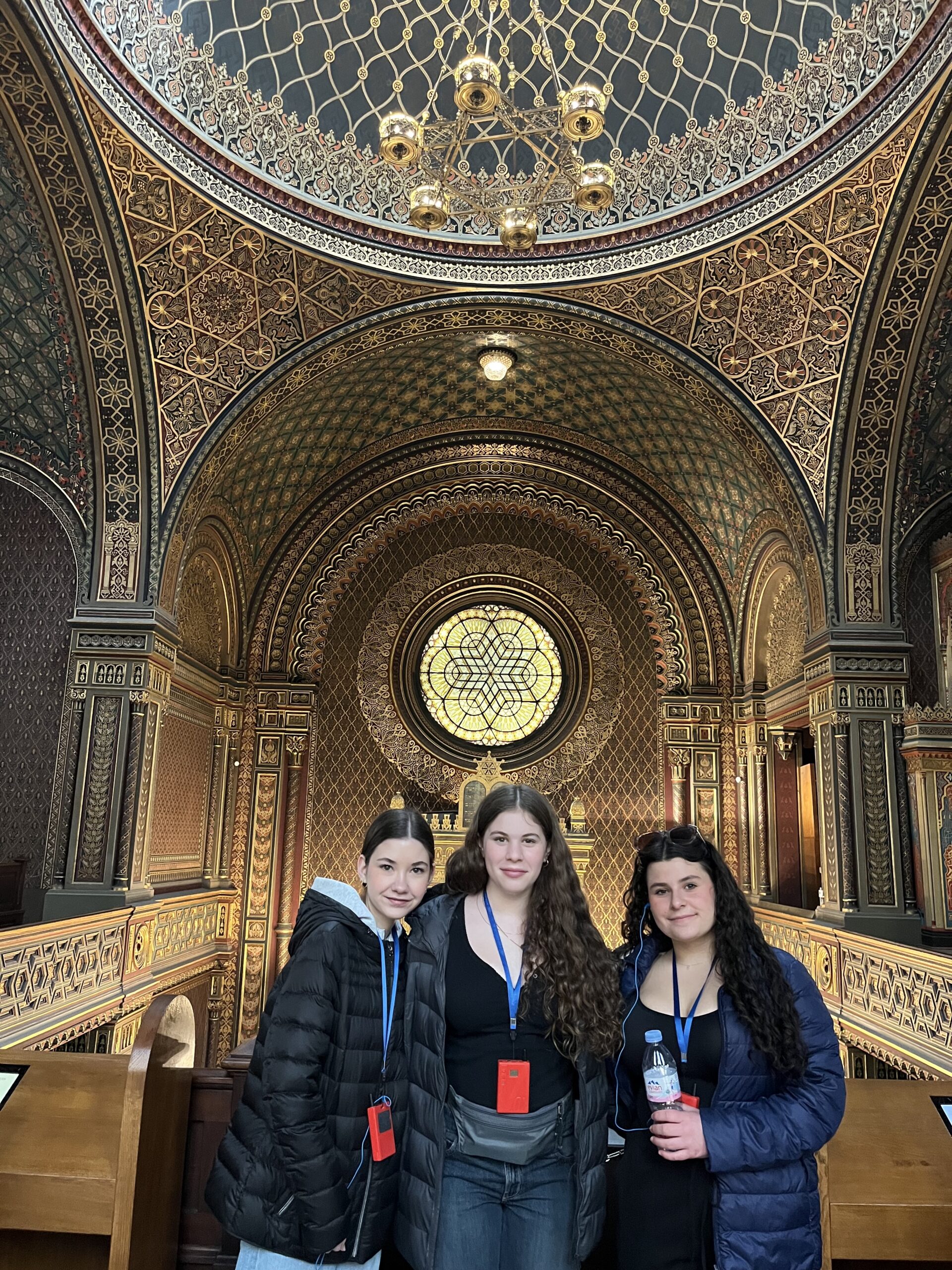
“Instead of dwelling on the tragedy (which is important at times), our class was able to use this opportunity as a way to remain grateful and be aware of oppressed groups today,” Charlotte said.
After nine days in Europe taking in experiences that were joyful, educational, silly, somber, and deeply reflective, the students returned to the United States and to Rashi with renewed senses of themselves, their peers, and the world.
“This trip opened my eyes to perspectives I’ve never thought about, and truly grew my independence and understanding of the world we live in,” said one student.
“This trip showed me so many new experiences, such as dancing with Chabad Jews at a restaurant. It felt powerful to see people embracing their Judaism. We danced with them and it showed me how [different] people express their Judaism,” said another.
With just over two months until their graduation, our eighth graders demonstrated the power of a Rashi education as independent, knowledgeable, and empathetic individuals in a world different from their own. They immersed themselves in global Jewry, absorbing knowledge and forming connections that will propel them into the next chapter of their lives as world-changing students and upstanding global Jewish citizens.


